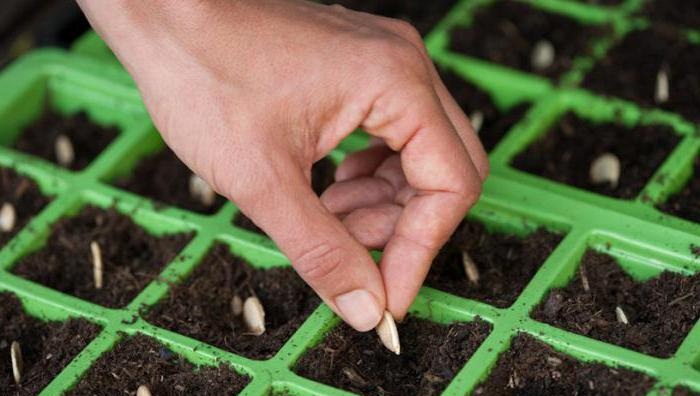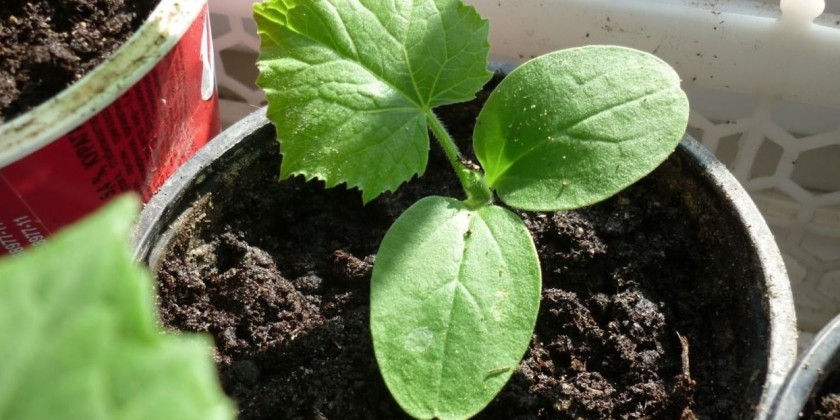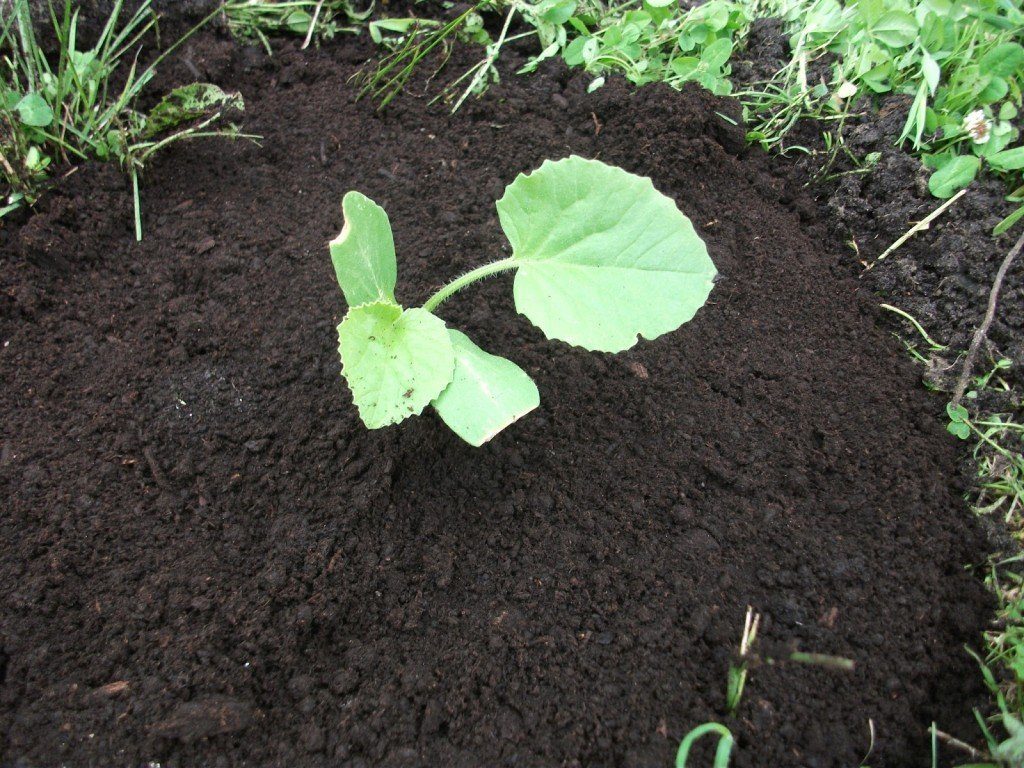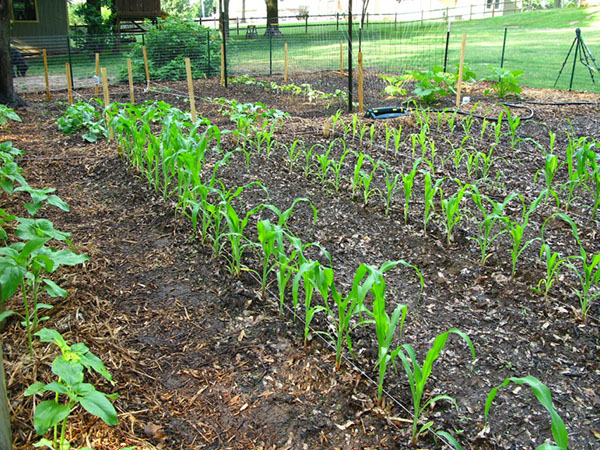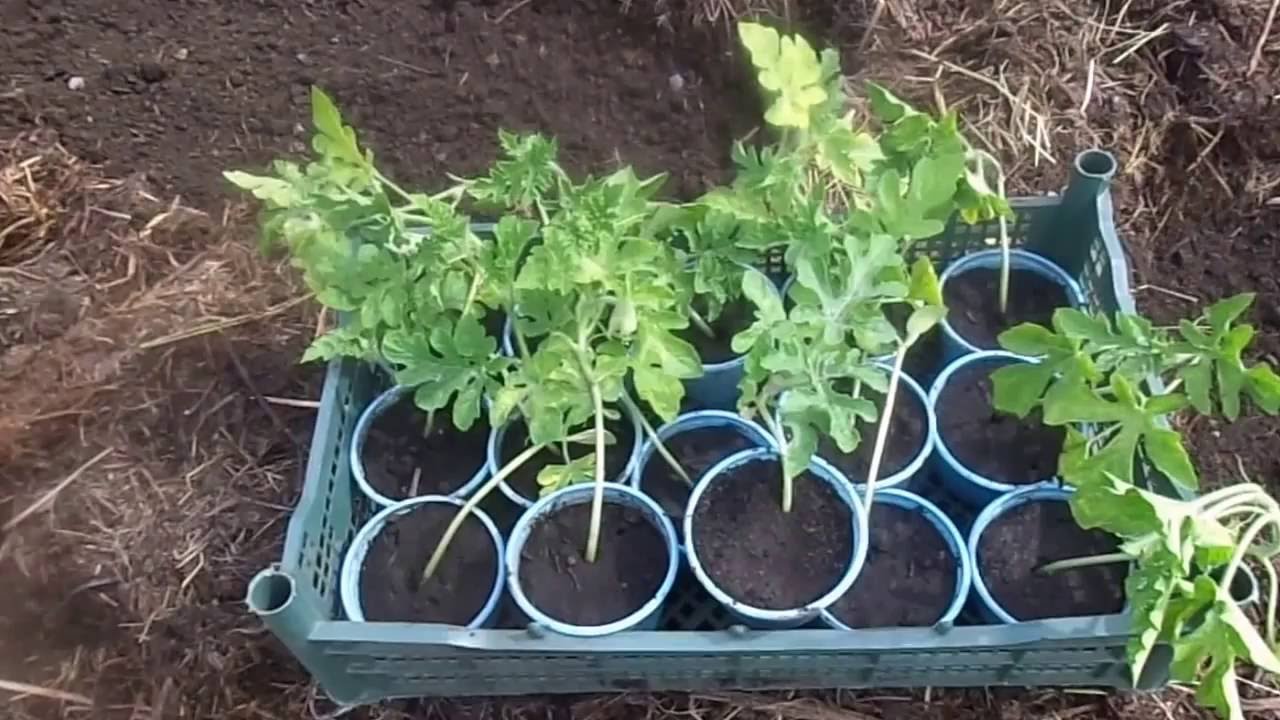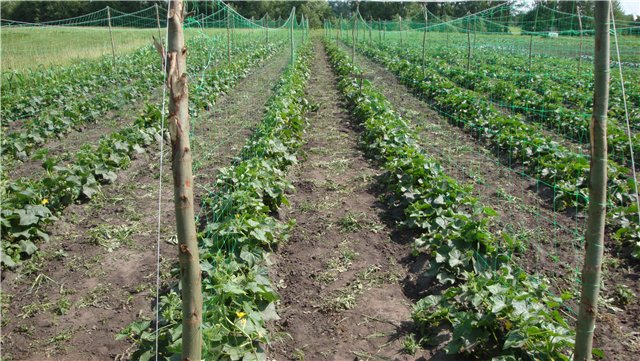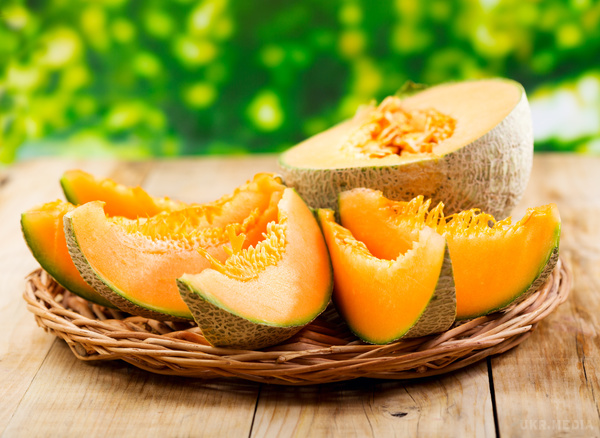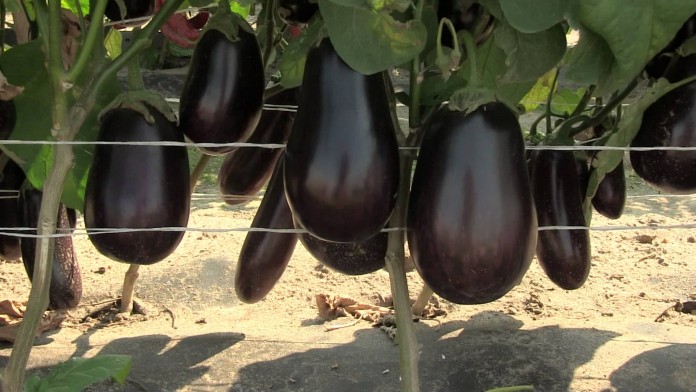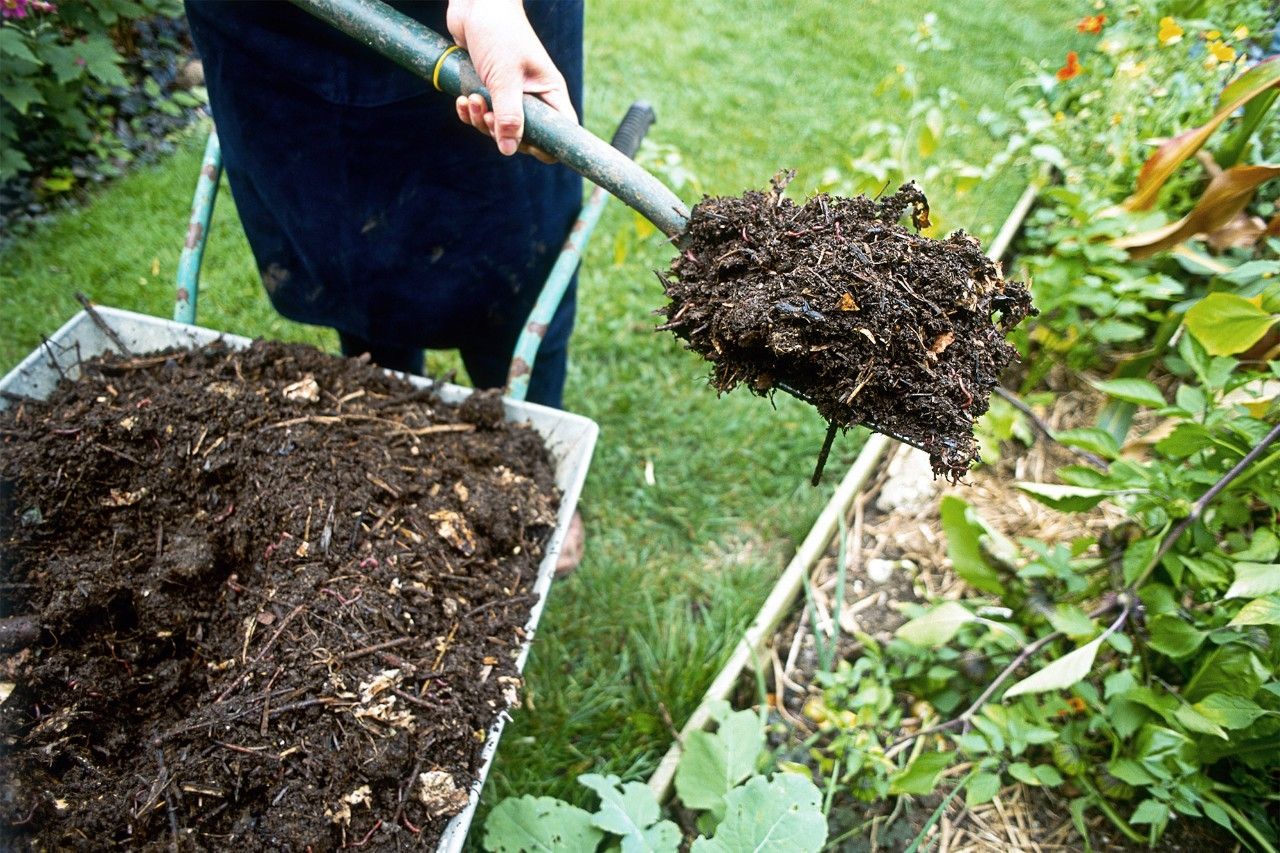Content:
At all times, the pumpkin was very popular with peoples around the world, although this orange beauty comes from North America. It was used not only for cooking, but also for various other needs. Various household items were made from it: dishes, washcloths, musical instruments and hats. The Indians made baths from large pumpkins for bathing babies, and the inhabitants of ancient Rome and Greece carved vessels for wine or water from oblong fruits.
Pumpkin came to the territory of Russia in the 16th century and quickly became one of the favorite garden crops due to its properties.
Pumpkin dishes often become the "center" of the table, because it has excellent taste and culinary properties. The most useful, of course, is the one grown in your own home garden. However, to get a good harvest, you will have to exert strength and patience. In this article, we will tell you how to properly plant a pumpkin in open ground with seedlings.
How to plant seedlings in the suburbs
Planting pumpkin seedlings in open ground is a time consuming but effective process. First you need to decide on the pumpkin variety.
When choosing seeds for seedlings, you do not need to look at the pictures from the package. Large and smooth-looking fruits are not necessarily sweet or better than others. It should be understood that it is unlikely that you will be able to use the entire product completely at one time. The problem will arise where and how to store the leftover pumpkin. Small varieties, on the other hand, are better grown - they keep well and tend to be sweeter.
The pumpkin ripens for a long time. In central Russia, to which the Moscow region belongs, the full ripening period of the pumpkin takes about 130 days. And this despite the fact that there are fewer warm days in this region. Therefore, the optimal time for planting seeds for seedlings of this vegetable is the end of April, and better even the beginning of May. After about 20 - 25 days, the sprouted shoots can be planted in the ground.
To grow good seedlings, you need to use more spacious dishes: pots or cups. Fertilized soil is poured into them, seeds are planted in 1 - 2 pieces and watered well.
Do not forget about regular watering and sunlight. If everything is done correctly, then after about 25 days, as soon as the sprouts grow a few true leaves, the seedlings can be planted in the ground.
To adapt the seedlings before replanting, it is recommended to take them out to fresh air or lower the temperature a few days before. This will allow the plant to become more hardy and strong.
Also, before the day of the planned planting, it is important that both the air and the soil warm up, otherwise growth may be stunted.
Another interesting fact is that it is better to plant seedlings in the late afternoon. It has been noticed that in this case, pumpkin sprouts adapt better to life in the garden.
The soil on the selected beds should be good air and moisture permeability and be sufficiently loose. To prepare the land for growing pumpkin, the site must be well dug up, humus or wood ash must be poured into it and dug up again so that everything is mixed.
It will be useful to fertilize the seedlings themselves before planting - then it will be easier for the plant to get used to the new conditions.
How to plant seedlings
It is important to know how to properly plant seedlings. The readiness of plants is determined by their appearance. Seedlings, ready for planting, usually have several well-ripened dark green leaves and a strong stem with internodes. The root system occupies the entire volume of the pot or glass in which the future pumpkin was germinated.
The seedlings are placed in the ground along with the soil to a standard depth - up to cotyledon leaves. For the first time, the plants can be shaded with something in order to finally adapt them. You also need to water the seedling after placing it in the ground and sprinkle the place near the stem with dry earth. So the soil will better grasp the one in which the pumpkin germinated, will help to hold on to the ground more firmly.
It is very important that the seedlings do not stretch out during germination. If this nevertheless happened, then eight to nine days after the seeds have sprouted, it is necessary to fold the hypocotal knee in a ring, lay it out on the soil and cover it with a handful of earth to the cotyledon leaves. After that, the seedlings are grown further under the same conditions.
It happens that the leaves of the seedlings begin to turn yellow. This is another very common problem for gardeners. However, you should not immediately think that your seedlings are sick, and even more so throw them away.
It is worth studying the issue and figuring out why the leaves of pumpkin seedlings turn yellow after all. In some cases, such symptoms indicate that the young plant is receiving improper care, or it lacks nutrients.
Perhaps the seedlings are frozen, or there has been a sharp temperature drop. You can try raising the temperature slightly and transferring the seedlings to a brighter place. After that, you need to check how the leaves will look in a couple of days. At the same time, you can add some mineral fertilizers to the ground.
If these measures did not help, then, most likely, the seedlings were attacked by a parasite. Pest control methods are different for each species. First, you need to determine who exactly "eats" young seedlings, and then work out a strategy of struggle.
As a rule, when treatment and proper care is started on time, the seedlings can be saved. Otherwise, it is hardly possible to help the plant.
Where to plant seedlings
When planting seedlings, novice gardeners have many questions: choose a shade or sun, what should be the temperature for planting, how to make the distance between the shoots, etc.
Since pumpkin is a very thermophilic vegetable, it is best to plant it in places that will be well lit by the sun. But it is still better to land in the evening, when the sun has already gone. Alternatively, you can choose a cloudy day. With this timing, the seedlings adapt faster.
The optimal time for planting is late spring, when the temperature during the day is about +20 degrees Celsius, and at night it does not drop below +15 degrees.
At what distance to plant a pumpkin is a question that worries many summer residents. It's not a secret at all that this is a plant that loves space. Each bush should be at least 1.5 m². The distance between the seedlings will depend on the type of plant: for seedlings of pumpkin bush crops, a distance of 55 cm is needed, for weakly braided varieties - 85 cm, and for highly braided varieties - from 100 cm.
Features of planting pumpkins in Siberia
In Siberia, due to unstable weather, it is recommended to plant pumpkin only in seedlings, first germinating seeds in peat pots.
Early ripening varieties should be chosen, since, unlike muscat varieties, they ripen faster and require much less heat.
The emerging sprouts must be watered with warm water and protected from drafts so that the future pumpkin does not freeze.
It is recommended to plant seedlings in the ground in Siberia in the first weeks of June. After disembarkation, it is also necessary to pour warm water and not shade, since it is cooler in Siberia at this time of the year than in the Moscow region.
We must not forget about feeding. Natural compost or natural fertilizers are best suited:
- cow dung;
- chicken droppings;
- wood ash.
The first feeding should be done when the first leaves appear on the sprouts. Then fertilize after transplanting into the ground. The most optimal fertilization will be every 2 weeks. Then the fruits are guaranteed to grow large and with excellent taste.
Tips from experienced gardeners
In order for the harvest to be rich and of high quality, you should familiarize yourself with the advice of experienced gardeners:
- Do not use large seeds! Only powerful tops emerge from such seeds, but the harvest itself is weak and the fruits are often small in size. It is better to take even small, but heavier seeds.
- The distance between the seedlings should be sufficient for the future bush. When choosing a seed variety, be sure to consider their requirements for the distance between bushes and the area of your site. With a lack of space, it is better to plant bush crops.
- Depth of disembarkation. Gardeners living in the south or in the middle lane should plant seedlings deeper. But if it is not deep in the north.
- Drop off location. Don't plant a pumpkin in your garden. This is a very big mistake of many summer residents. The fact is that the trees growing in the garden will not interfere with the pumpkin, but it does. The fact is that the pumpkin needs to be watered much more often than trees, which do not require a lot of moisture. And if the weather is hot, then frequent pumpkin watering will harm the trees.
- Advice on how to properly fertilize future beds. In order for the fruits to be sweet, with loose pulp and to be stored as long as possible, you should not plant seedlings directly in manure or compost piles. It is best to plant simply in soil pre-fertilized with such additives. Then the pumpkin fruits will turn out to be especially sweet, large, shiny and will be well stored throughout the year.
- Another recommendation for choosing a place. You cannot plant a pumpkin in the same place every year. Or after other melons and gourds. The site should be given 3-4 years of rest before planting pumpkins, squash, cucumbers or watermelons there again. It is best to plant pumpkin after legumes. Then the harvest will be especially successful.
- Correct neighborhood. You should not plant melon nearby with pumpkin, otherwise, if some of the plants get sick, the harvest of all crops will die.
- Correct watering. Although pumpkin is really not a particularly whimsical vegetable, it should still be watered. However, you shouldn't do this too often. Thanks to its large root system, the pumpkin is able to draw in moisture from the depths of the soil. It is better to water it rarely, but very abundantly, so that then it is fed with moisture for a long time.
- Pumpkin and weeds. While the plant is small, it needs to be weeded regularly so that the weeds do not pull useful substances from the soil. When the plant grows, you don't have to worry about weeds. On the contrary, they only contribute to better growth, since with their sprouts the pumpkin clings to them, thanks to which it better resists large gusts of wind.
